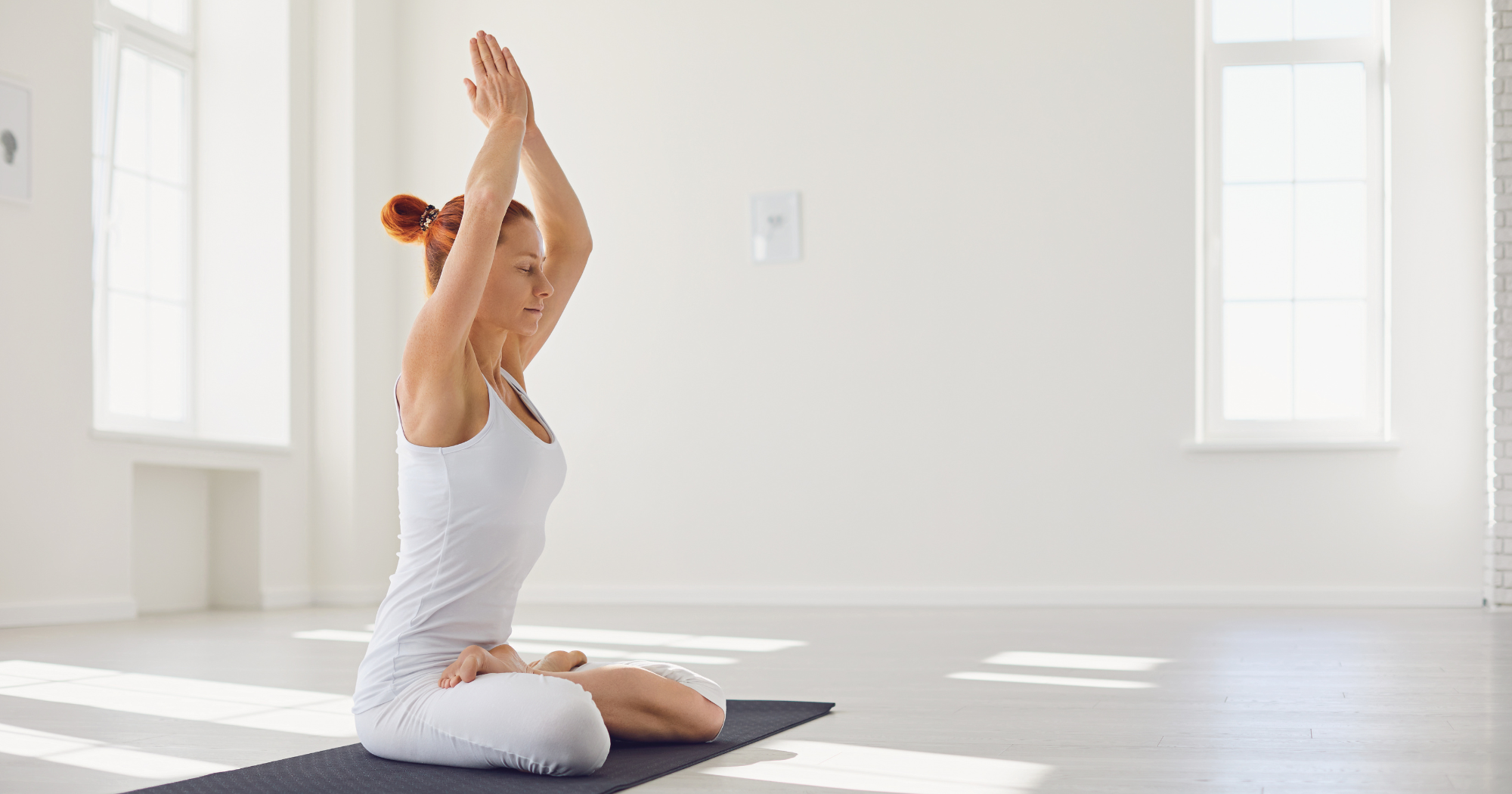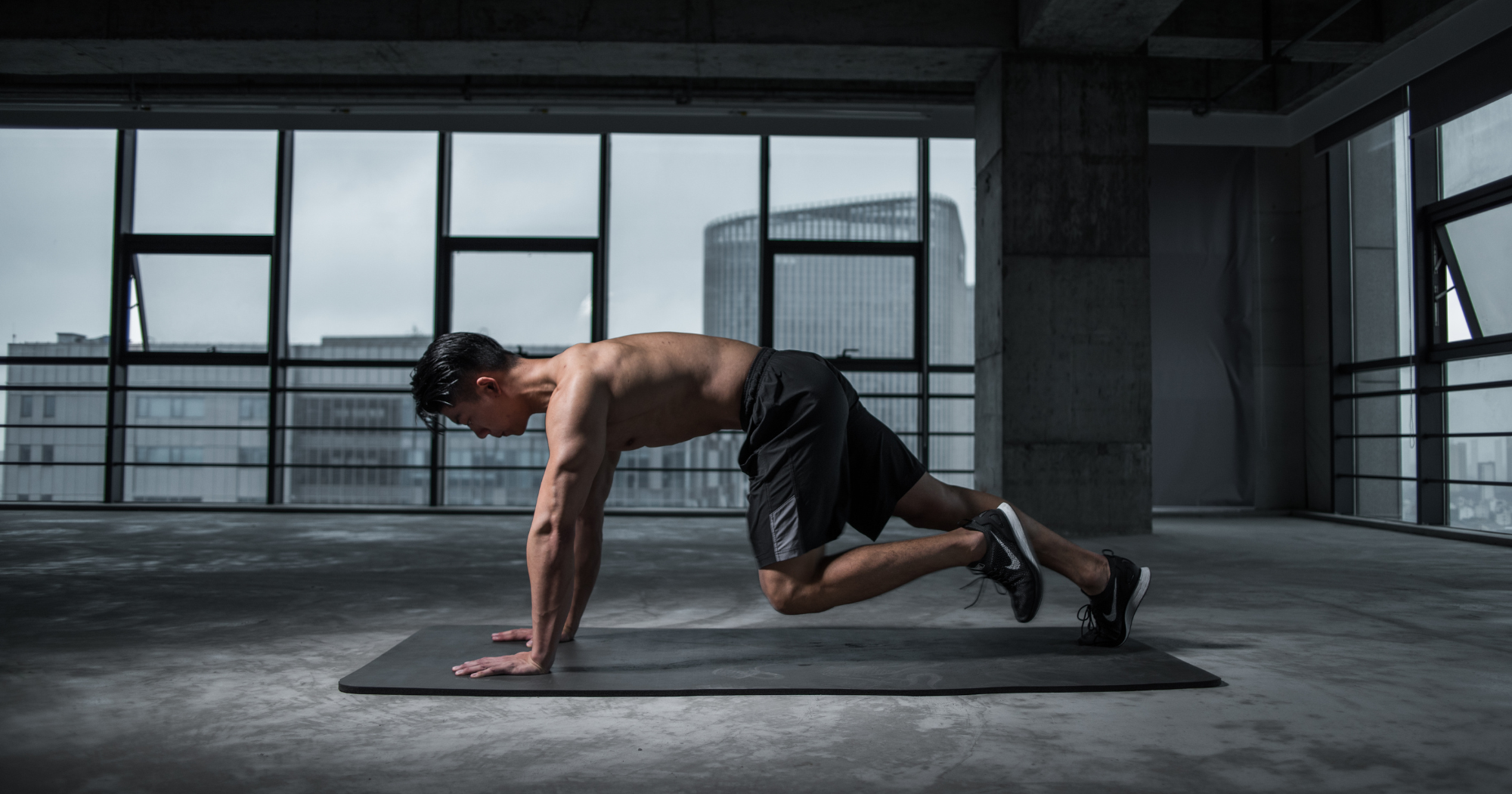
Your Treadmill Workout
, by Joris Lans, 7 min reading time
Más de 1200 clientes satisfechos  (4.7/5)
(4.7/5)

, by Joris Lans, 7 min reading time
Treadmill workouts are a piece of cake. Anybody can do it. They're also very effective in slimming down. Research has shown treadmill workouts make you burn more calories than any other cardio device. With a treadmill workout you burn a stunning 17 calories per minute. In comparison, a workout with a crosstrainer makes you burn 13 calories per minute, a workout with a hometrainer 14 calories per minute.
Treadmill workouts are key to strong and shaped muscles. During your training you effectively use your calf muscles, thigh muscles, glutes, (oblique) abs, hamstrings and your back muscles. You use your calf muscles every time you land on your feet after you've taken a step. Your thigh muscles and glutes help you to take powerful steps so you get some serious work done. While you're walking you tighten your (oblique) abdominal muscles and you use them to absorb shocks that aris during walking, jogging or running.
You also put your oblique muscles to work when you change your speed. As you walk, jog or run you pull your heels towards your buttocks and tighten your hamstrings. You use your back and abdominal muscles to keep your body balanced during training. To stay free from injuries it's important you train the right way. We've made an overview with tips and tricks you can use to train safely and effectively.
Your treadmill workout musn't be straining to your joints. If you walk, jog or run the right way you prevent strained joints and injuries. While walking, jogging or running you best take small steps instead of big steps. Because if you take big steps you'll have to stretch your legs, causing your feet to get out of position compared to your hips and they'll land the wrong way after you've taken a step. This takes a lot of strength and is straining to your joints. Small steps require less strength, are thus less straining to your joints and easier to keep on doing.
For your workout to be joint-friendly your treadmill needs to have an optimal cushioning. This is reduces the impact of shocks, that arise while landing on your feet after you've taken a step, to a minimum. Most treadmills are conveniently equipped with shock absorbers, but you can lend a hand yourself by landing your feet as flat as possible on the treadmill. This helps to reduce the strain your training has on your joints.
While walking, jogging or running make sure your back is in an upright position or is slightly bend forward and your abs has been tightened. This position is less straining to your lower back muscles and hips (loins). Slouch your shoulders and place your elbows at an angle of about 90°C. Your arms should form a straight line with your walking direction. Keep your upper body still and as upright as possible and make sure you're always in the center of the running surface. This prevents you from accidentally stepping off the treadmill and nasty injuries and ensures your workout is safe.
Of course, you want to go all the way while training. But to become the best runner possible it's important you gradually build up your level of training. Start with a a thirty-minute session with a five-minute warm-up in which you walk or jog at a slow pace so your muscles get warmed up adequatly. Spend the next 15 minutes of your workout on walking, jogging or running at a steady pace. Take the last five minutes of the session to cool down. As your level of training improves you can extend your sessions to 40 and 60 minutes and increase your speed, so you keep challenging yourself.
A good way to improve your health, burn calories and slim down, improve your leve of fitness and your general athletic performance is heart rate training. Your heart rate is the number of heartbeats per minute it takes to maintain an adequate oxygen supply during physical exertion. While you're training you can measure your heart rate using the contact heart rate sensors or with a chest strap receiver (sold separately).
The optimal heart rate differs from person to person but it can be calculated. For men it's the number 220 minus their age. For women its 226 minus their age. The heart rate is calculated as a percentage. These percentage indicate your optimal heart rate. By measuring your heart rate you make sure you're training in an optimal heart rate range and achieve your training goals safely and effectively.
By measuring your heart rate and thus training in the optimal heart rate zone you burn a lot of calories and effectively lose weight. To achieve this it's best to train in a heart rate zone between 60 and 70% of the maximum heart rate zone. The more intensive you train, so at a high speed level and a high angle of inclination the more effective your training is going to be and the better the ultimate results. Long-term and intensive training leads to a high burned calories rate. So use this advice to improve your level of training and to get the best results.



